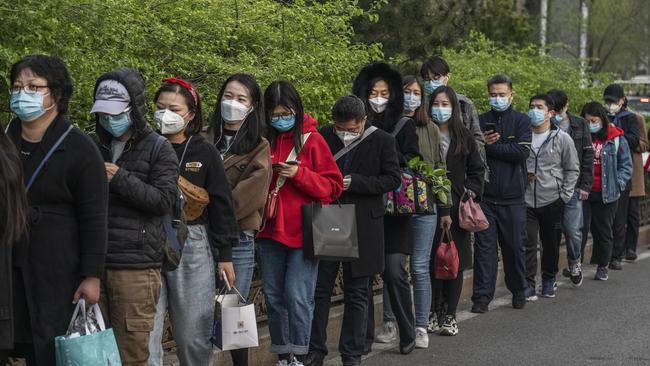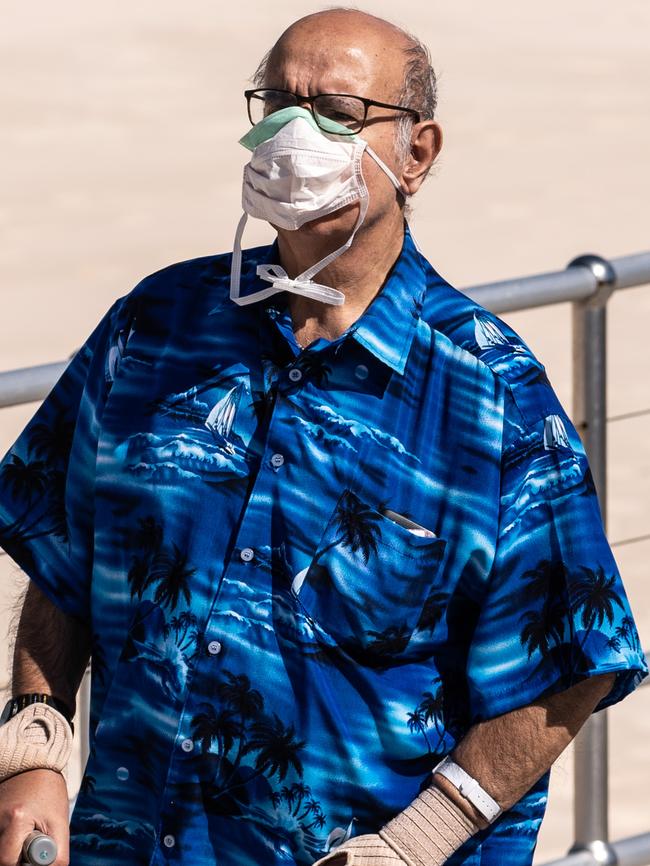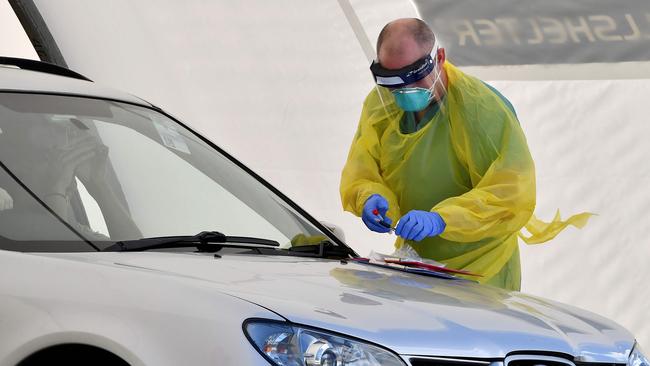Coronavirus crib sheet: the lockdown Catch-22 we need to confront

Bottom line: It doesn’t get Donald Trump and other politicians off the hook for goofy statements and slow responses, but a global pandemic was likely unstoppable by January 20.

• Testing. The CDC develops tests for its own internal use. The Food and Drug Administration requires that tests offered to the public be proved safe and effective. Government might have said “have at it, boys” and allowed anyone to make and sell anything and call it a COVID-19 test. This wouldn’t have been government.
Though the Trump administration is guilty of testing stumbles, unrealistic is the notion that enough testing could have been made available to contain a novel flu-like virus once it was widely established.
• The lockdowns. Imagine a problem that can be solved by holding your head underwater but stops being solved when you lift your head out. This is no solution. How can any society lift its stay-at-home order if there’s no vaccine and most people remain uninfected? Not even the Chinese, as we are about to learn, really have an answer. Yet it’s amazing how much congratulatory press coverage of the lockdowns doesn’t acknowledge this obvious Catch-22. By now even the most tunnel-visioned epidemiologist must admit the lockdown cure will soon be worse than the disease, imposing social destruction beyond imagining.

• Testing, again. A MacGuffin that many countries, including the US, are converging on is constant and widespread testing to quarantine new cases. Testing will allow us to “flatten the curve” while lifting the stay-at-home orders and permit commerce to revive.
This probably is a polite fiction but it will let us get the economy mostly open. In reality, we will end up throwing a variety of strategies at a persistent epidemic (testing, treatments, voluntary social distancing) and accept what nature gives us. For instance, policy makers or their own legal departments will not be encouraging the NBA or other sports leagues to begin playing to packed crowds anytime soon. And government will keep pouring resources into health care so we can at least believe every victim is getting a fair shot at survival.
I doubt a large number of deaths would deter the public from forging this path but if the hospital system is overloaded and non-Covid patients are not getting adequate treatment for their own conditions, that could be a wildcard.

• The death rate. Given asymptomatic cases and many mild cases that are indistinguishable from the cold or flu, experts have long suspected COVID-19 is more widespread than we know. At the same time, the fatality rate is affected by both undercounts and overcounts. The most up-to-date estimate by the Oxford Center for Evidence-Based Medicine suspects the death rate is a flu-like 0.1 per cent to 0.39 per cent. Now don’t choke on your Cheerios just yet — I will return to this point.
• Herd immunity. Levels of honesty vary, but a fair approximation is that most countries expect the initial epidemic to burn itself out before a vaccine is available. Sweden is perhaps the most candid in anticipating wide infection of its populace. One country, New Zealand, is resolute in committing itself to a different path. It intends to exterminate the virus domestically and then forbid or so strictly regulate foreign travel that the disease cannot re-enter until a vaccine is available.
• Value proposition. Getting back to the death rate, the average risk for each of us may be small but when an entire population is subjected to the same newly emergent small risk at the same time, it can overwhelm emergency rooms. The panicked governmental responses and clampdowns we’ve seen are best understood in this vein: A very low risk of death for a very large number of people has created a global crisis. Not helping is the reality described in detail by the world’s newspapers: Recovery of the most severely affected patients on ventilators is rare and involves a great deal of personal suffering.
The arrival of COVID-19 in our world has not been an easy policy problem for our politicians to finesse. Sometimes that’s the job they signed up for: to do what needs to be done and take on their backs the public’s unhappiness with it.






• The spread. From the time the first case emerged in Wuhan on November 17 to the moment when China/the World Health Organisation acknowledged human-to-human transmission on January 20, Wuhan exported between eight and 16 undetected cases to the US through air travel, giving rise to 1000 to 9000 cases in the US by March 1, according to a US-Chinese modelling project. Another modelling group estimates that other Chinese cities exported 2.9 cases for each case exported from Wuhan. As first reported by USA Today, many of the virus strains circulating in New York appear to have arrived by way of Europe.